Do you have a question about the Ferroli PEGASUS F2 102 and is the answer not in the manual?
Brief overview of the Pegasus F2 boiler, its CE approval, and intended use for heating and hot water.
Details installer qualifications (CORGI) and compliance with British Standards, building regulations, and local authority requirements.
Provides detailed physical dimensions of the boiler with diagrams and labels for key parts like connections.
Presents detailed technical specifications including heat output, input, dimensions, connections, and gas flow rates for different models.
Identifies and illustrates the main components of the boiler with a key and diagrams for front view and control panel.
Illustrates the characteristic pressure drop curve of the boiler as a function of water flow rate across different models.
Details the function and resetting procedure for the flue gas safety thermostat, ensuring safe combustion product discharge.
Offers general warnings and regulatory requirements for boiler installation, including temperature rise limits and flue connections.
Explains the importance of water quality and treatment to prevent scaling and corrosion in the boiler system.
Details electrical connection requirements, safety precautions, and provides a general wiring diagram for models 51-68-85.
Provides step-by-step instructions for safely accessing the internal components of the boiler's control panel.
Presents an exploded view diagram of the boiler's control panel with a key to identify all its parts.
Lists essential pre-startup checks to ensure safety and proper operation, including gas leaks and system pressurization.
Details the sequence of operations for starting up the boiler, including pilot light and main burner ignition sequence.
Explains the procedure for temporarily switching off the boiler by cutting off the main power supply.
Outlines steps for long-term shutdown, including gas and power disconnection and advice on frost protection.
Lists post-startup checks to verify correct operation, including gas leaks, pilot light, flue efficiency, and water circulation.
Details how to adjust gas pressure on specific Honeywell valve models (51-68-85) using a stabilizer screw.
Explains gas pressure adjustment for the DUNGS MBDLE valve in model 102, referencing test points and regulators.
Details how to adjust gas pressure using a screwdriver on the regulating screw of the DUNGS valve, referencing test points.
Explains how to adjust the main gas flow rate by manipulating a knob on the gas valve (V2).
Describes how to adjust slow startup by using a plastic cap tool to turn an internal pin on the gas valve.
Provides a detailed illustration and key for the pilot burner unit, showing its components and gas supply connection.
Outlines the steps for converting the boiler from natural gas to LPG, including nozzle replacement and pressure adjustments.
Details the mandatory seasonal inspection checklist for the boiler and flue, covering cleanliness, pressure, and safety devices.
Provides instructions on how to clean the boiler and flue, including component removal and use of cleaning tools.
Troubleshoots issues with boiler ignition, pilot flame, electrode discharge, and lack of pilot ignition.
Addresses problems related to unburnt gas smell, indicating potential issues with combustion or draft.
Diagnoses and resolves issues where the boiler fails to increase water temperature during operation.
Diagnoses issues with system temperature, burner flare-ups, delayed ignition, thermostat cycling, and condensate formation.
Troubleshoots unexpected boiler shutdowns, often linked to safety thermostat trips or operational anomalies.


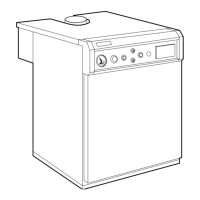
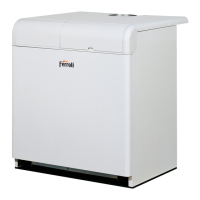
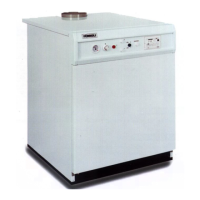
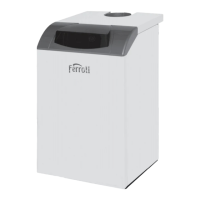
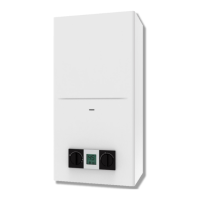




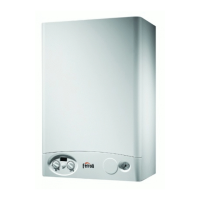
